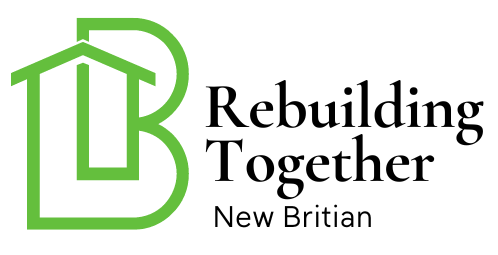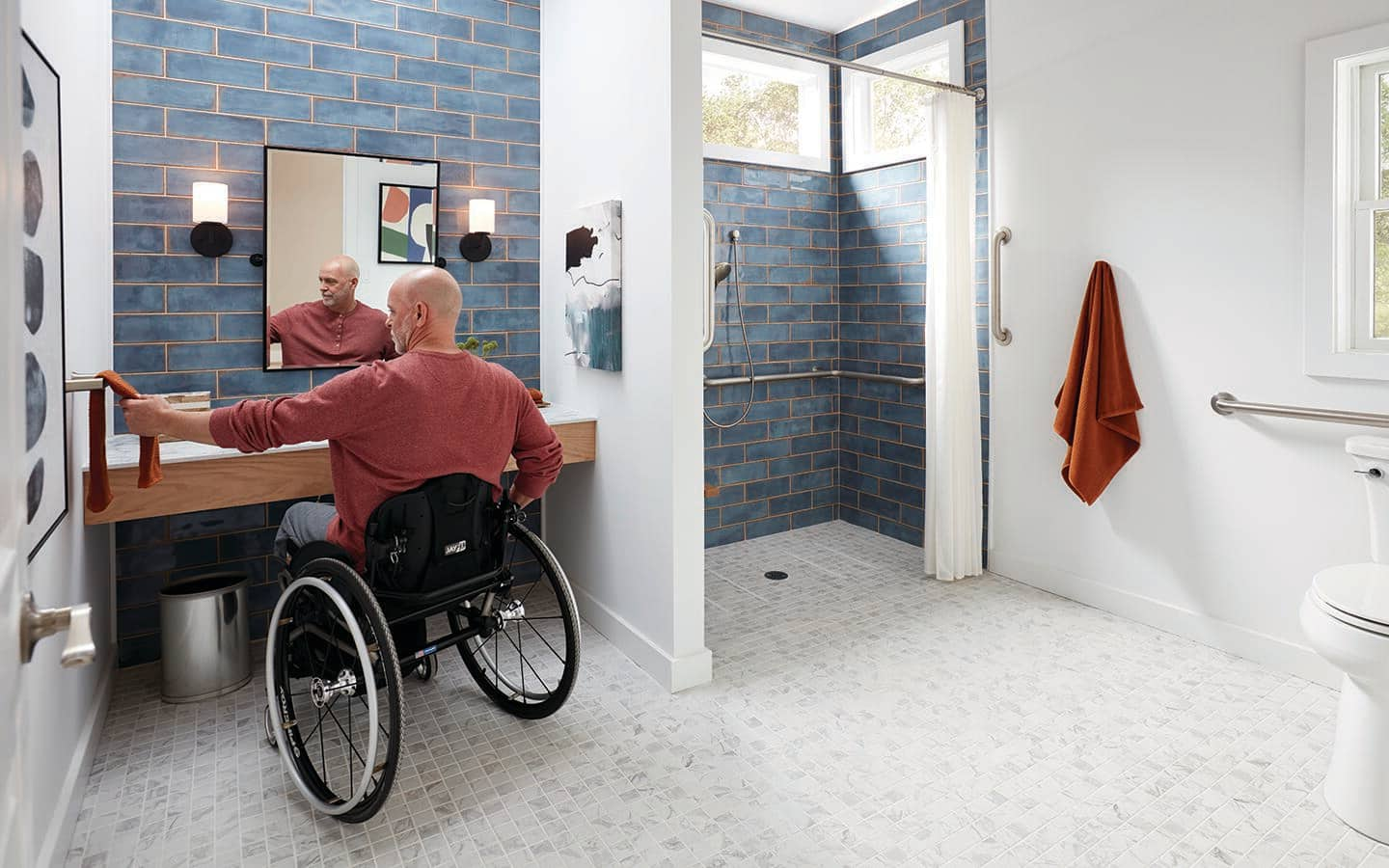Creating a home that is both functional and beautiful while being accessible to everyone is a goal many homeowners strive to achieve. One crucial aspect of accessible home design is ensuring that cabinetry is ADA-compliant. This not only enhances the usability of the space but also ensures inclusivity for all individuals, regardless of their physical abilities. In this article, we will explore the importance of ADA-compliant cabinetry finishes and provide insights into how you can incorporate them into your home.

Understanding ADA-Compliant Cabinetry
The Americans with Disabilities Act (ADA) sets standards for accessibility in various environments, including residential spaces. ADA-compliant cabinetry refers to cabinets that meet these standards, ensuring ease of use for individuals with disabilities. This includes considerations such as height, reachability, and ease of open and closure. By following these guidelines, homeowners can create a more inclusive and functional living space.
The Importance of Accessible Design
Accessible design is not just about compliance; its about creating environments where everyone can thrive. Whether you’re planning a renovation or building a new home, integrating ADA-compliant cabinetry can significantly enhance the quality of life for residents. It allows for greater independence and comfort, making everyday tasks easier and more enjoyable.
Key Features of ADA-Compliant Cabinetry Finishes
When selecting finishes for ADA-compliant cabinetry, there are several key features to consider. These include:
- Non-slip surfaces: To prevent accidents, especially in kitchens and bathrooms.
- Contrasting colors: To aid individuals with visual impairments in distinguishing cabinet edges and handles.
- Durability: To withstand frequent use and maintain appearance over time.
- Ease of maintenance: To ensure that they can be easily cleaned and maintained.
Materials and Finishes for ADA-Compliant Cabinetry
Choosing the right materials and finishes is crucial for ensuring ADA compliance while maintaining aesthetic appeal. Popular options include:
- Laminate: Known for its durability and ease of cleaning.
- Wood veneers: Offer a natural look while being easy to maintain.
- Painted finishes: Provide a wide range of color options to suit any decor.
Incorporating ADA-Compliant Design in Your Home
Integrating ADA-compliant cabinetry finishes into your home involves thoughtful planning and design. Here are some steps to consider:
Consult a Professional
Working with a professional who specializes in accessible design can provide valuable insights and ensure that all modifications meet ADA standards. They can help you choose the right finishes and design layouts that enhance accessibility without compromising style.
Consider the Entire Space
Accessibility goes beyond cabinetry. Consider the overall layout of the room, including door widths, lighting, and flooring. For more tips on creating an accessible home, you can visit accessible home lighting controls.
Benefits of ADA-Compliant Cabinetry
There are numerous benefits to incorporating ADA-compliant cabinetry into your home. These include:
- Increased safety: Reducing the risk of accidents and injuries.
- Enhanced usability: Making it easier for individuals with disabilities to perform daily tasks independently.
- Future-proofing your home: Ensuring that your living space remains accessible as needs change over time.
Challenges and Solutions in Implementing ADA-Compliant Design
While the benefits are clear, implementing ADA-compliant cabinetry can present challenges. However, with careful planning and the right resources, these can be overcome. Consider consulting resources like the ADA design standards for detailed guidelines on accessibility.
Common Challenges
- Limited space: Small spaces can make it difficult to incorporate all desired features.
- Budget constraints: High-quality materials and professional consultations can be costly.
Solutions
- Prioritize key areas: Focus on areas that will have the most significant impact, such as kitchens and bathrooms.
- Seek funding assistance: Explore grants and programs that support accessibility modifications.
Conclusion
Incorporating ADA-compliant cabinetry finishes into your home is a worthwhile investment that enhances both functionality and inclusivity. By understanding the principles of accessible design and working with professionals, you can create a space that meets the needs of all occupants while maintaining aesthetic appeal. For more insights on accessible home design, consider visiting ADA-compliant emergency preparedness.

FAQs about ADA-Compliant Cabinetry Finishes
What makes cabinetry ADA-compliant?
Cabinetry is considered ADA-compliant when it meets specific standards for accessibility, including appropriate heights, reachability, and ease of use. This ensures that individuals with disabilities can use the cabinetry independently and safely.
How do I choose the right finishes for ADA compliance?
When choosing finishes, consider factors such as durability, ease of maintenance, and visual contrast. Materials like laminate and wood veneers are popular choices for their functionality and aesthetic appeal.
Can existing cabinets be modified to be ADA-compliant?
Yes, existing cabinets can often be modified to meet ADA standards. This may involve adjusting heights, replacing handles, or applying new finishes. Consulting with a professional can help you determine the best approach for your specific needs.
This article contains affiliate links. We may earn a commission at no extra cost to you.

